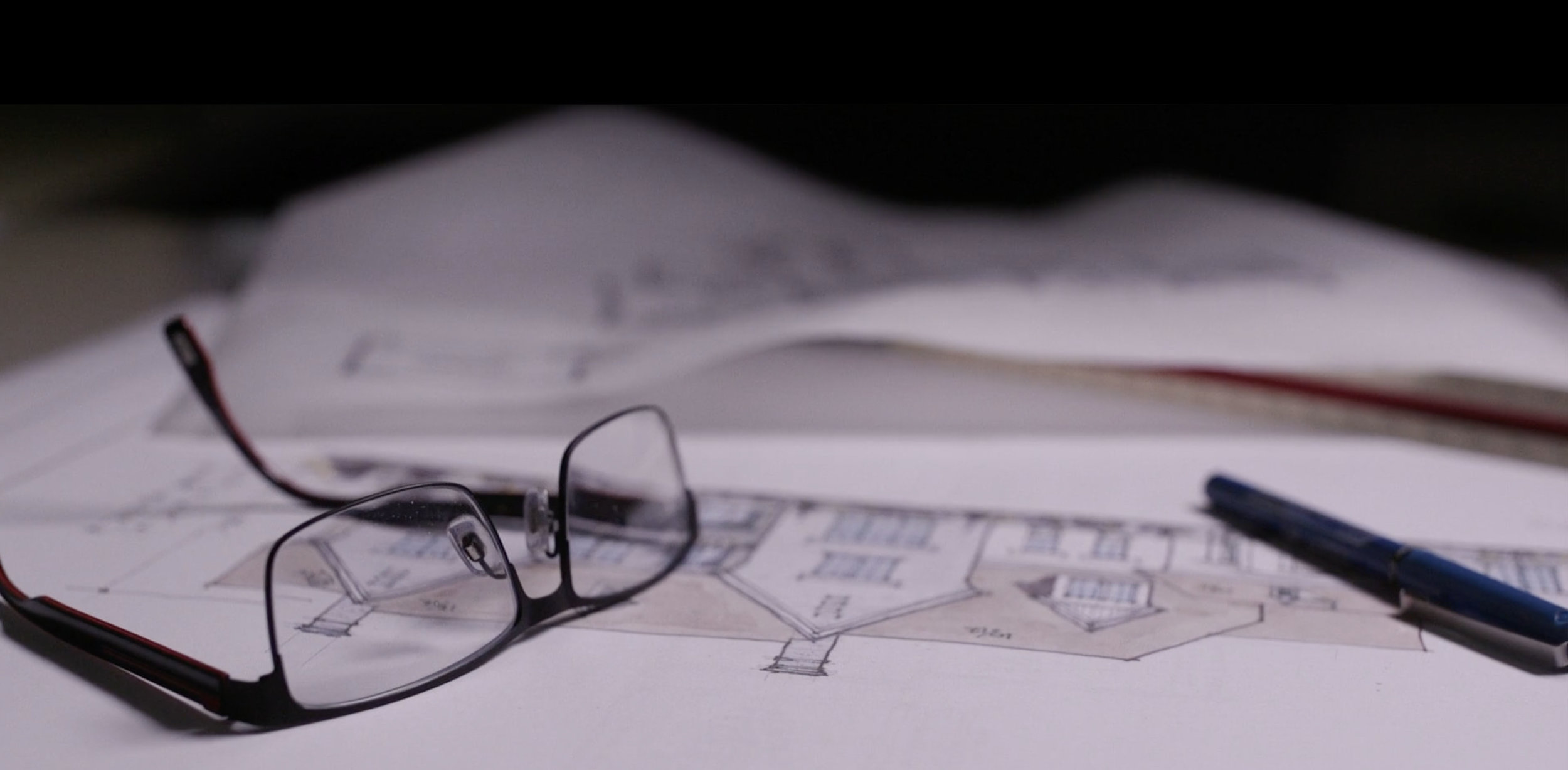
DESIGN BLOG
Help Your Home be More Efficient
Keeping our homes eco-friendly, efficient, and reducing power consumption is something we should all be thinking about and implementing. Many of the things we can do are tried and true and some are new and innovative. Here at RDS, when we are designing new homes or completing remodeling plans, we are asked about how homes can be made more energy efficient. We’ve gathered up a few tips and tricks you can implement to be more energy efficient, which can save you money, too. Some are simple and won’t cost much, while others will involve a bit more time, energy, technology, and money on your part.
Simple Ideas:
1. Just lowering your thermostat a few degrees in the winter or raising it a few degrees in the summer, (especially if you aren’t home) uses less energy and saves on your utility bill. Energy.gov estimates that you can save as much as 10% a year by daily turning your thermostat 7˚-10˚ lower or higher from your normal setting. A programmable thermostat can do this for you. There are many options available, including ones that sync with your phone or home voice controlled device.
2. Another consideration for your thermostat is its placement. It shouldn’t be placed near a heating or cooling vent, near a window where it could receive direct sunlight, behind furniture, or near doorways, windows, or drafty areas. If you’re building a new home or remodeling, look at the placement of the thermostats to eliminate any of these issues.
3. Low-flow showerheads won’t feel much different when you shower, but they will improve the efficiency of your water use. Installing them is a Saturday project and as easy as finding the one you like.
4. Seal your windows if they are older and drafty. Adding caulk or spray foam around the frame or any cracks will help, as will applying shrink film to the windows. This is a big one for your college kids living on campus apartments!
5. Unplug whatever you can when it’s not in use, especially phone chargers and small kitchen appliances. All of these little things continue to use electricity even when not in use and can add up on your energy bill.
6. If you already have smart technology, are you using it to its advantage? What could you be doing better? Can that app turn off your lights when you aren’t home? What about adjusting the temperature in your house from your smart phone?
7. Keep blinds and curtains closed on hot summer days (to keep the sun out) and open on sunny winter days (but close at night to keep heat from escaping). Close vents in unused rooms.
8. You don’t use your computer 24/7, so be sure to turn off the monitor when not in use. It is a big energy drain on the computer system.
9. Turn off lights when you aren’t in the room. This seems like something easy, but how often do we really remember to turn them off? Another thing to think about is using compact fluorescent bulbs. They will save you money.
10. Are your trees helping you? Are they blocking the sun from your house in the summer but allowing sunlight in the winter? Especially in a new build, spend some money to position trees to your home’s advantage. Plant shrubs and evergreens around the north and west sides of your home to combat those cold winter winds.
11. Don’t have many dishes? Wash them by hand to save on the energy the dishwasher uses. Or only run the dishwasher when it is full. Some of us could run it daily, but those of us that don’t have big families could probably wait a few days.
12. Need to light up a walkway? Put in solar garden lights instead of electric ones. All you’re using is the power of the sun! You can even find torches and patio string lights for your yard that are solar-powered.
A Bit More Involved:
1. Is it time for a new furnace or air conditioner? If either of yours is older, have them inspected and the usage analyzed. It might be less expensive in the long run to upgrade to a new, efficient system. Up to 44% of our utility bills are attributed to heating and cooling our homes. Have all ducts inspected to be sure they are working properly. Consider sealing any that aren’t serving a purpose or installing ones that are in unfinished spaces to stop heat loss.
2. All older appliances should be replaced, as you are able. Look for Energy Star rated appliances. These products are the most energy efficient. This includes that old refrigerator in your basement or garage! If you can’t replace a washing machine or even if you have, reduce the amount of energy used by using less water and cooler water temperatures. Most clothes can be cleaned in warm or cold water temperatures.
3. Is it time to install solar panels? They are expensive upfront, but the cost savings might be worth it. Depending on where you live and the amount of sunlight that will hit the right areas of your roof, this might be a viable option.
4. Is your home well insulated? Adding more insulation to the attic, crawl space, exterior walls, and basement is one of the best and easiest ways to increase the efficiency of your home. Don’t assume a new build has enough insulation. Most homes, old and new, are under insulated. Have it checked out!
5. Installing a new energy-efficient hot water tank or an on-demand tankless hot water heater can have a big impact on your bill. These systems have come a long way and are extremely efficient and effective. Can’t afford a new system? Turn the temperature down a few degrees on your tank. You won’t notice the difference but your energy bill will!
6. Replace your windows. It is a significant cost, but the rewards are worth it. Double or triple pane windows keep your home cool in the summer and warm in the winter. If you can’t replace them, consider getting storm windows for the cold months. This lower-cost alternative might be a good option if your interior windows are still in good shape.
7. Purchase energy-saving power switches and put in all of your outlets. They draw no energy when the switch is flipped off, but your appliances or devices can still be plugged in. Good for those of us that can’t remember to unplug appliances such as stand mixers, toasters, and coffee makers.
8. Ceiling fans are more than décor ideas. Their ability to circulate air in your home makes them a perfect companion to your heating and cooling needs. They don’t cost much too run and will help your air conditioner or heater work more efficiently.
If you really aren’t sure how your home is working, get an energy audit. Many energy providers will provide an audit for free or a small fee. Their report will guide you to make the improvements you need for you’re a more efficient home.
If you haven’t watched our latest Front Porch Friday video, watch it here for more ideas. As always, we are thinking about you when we create these videos. Contact us to help you create your energy efficient home.

